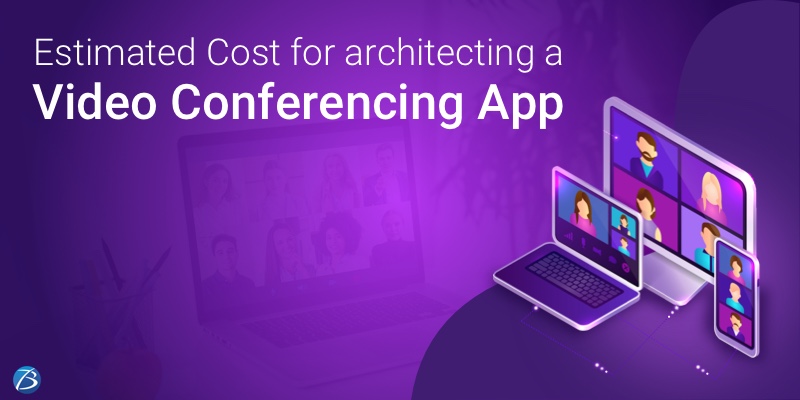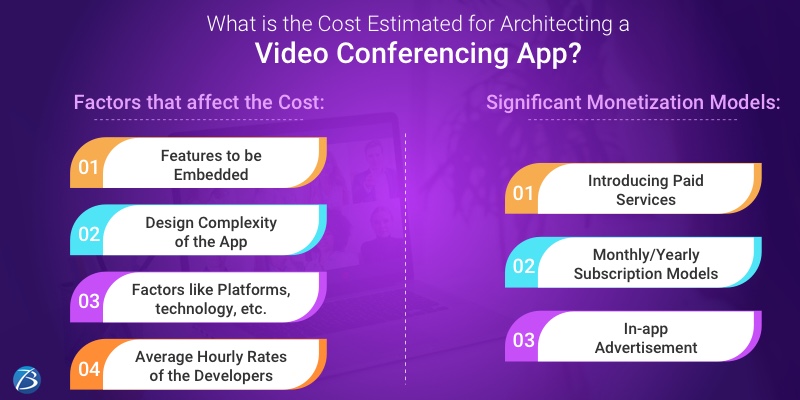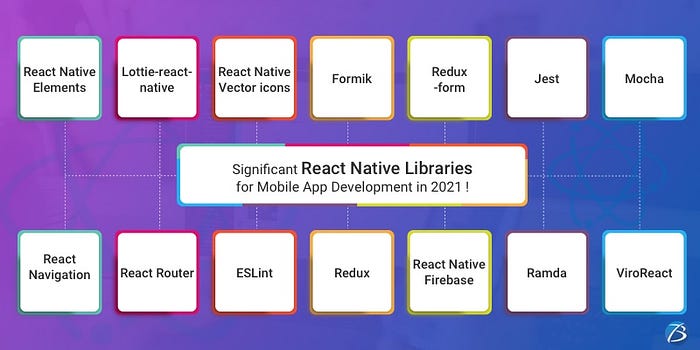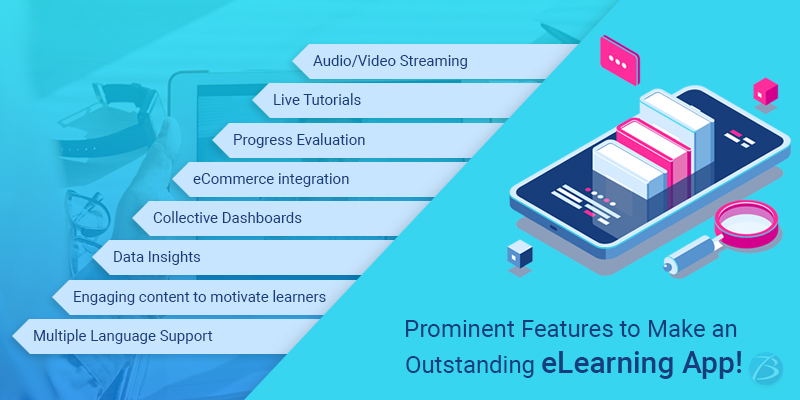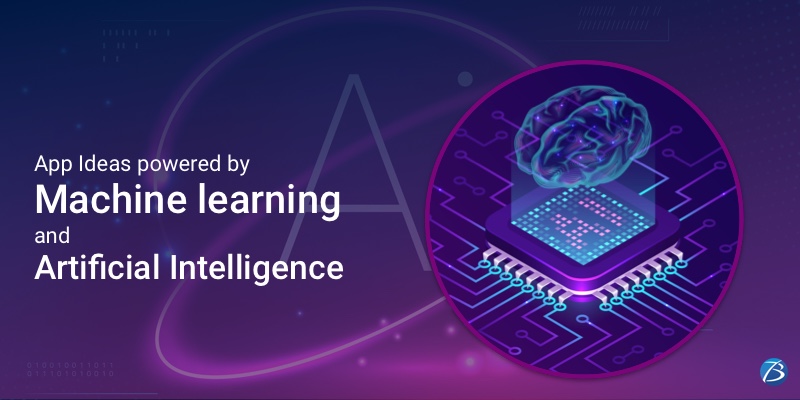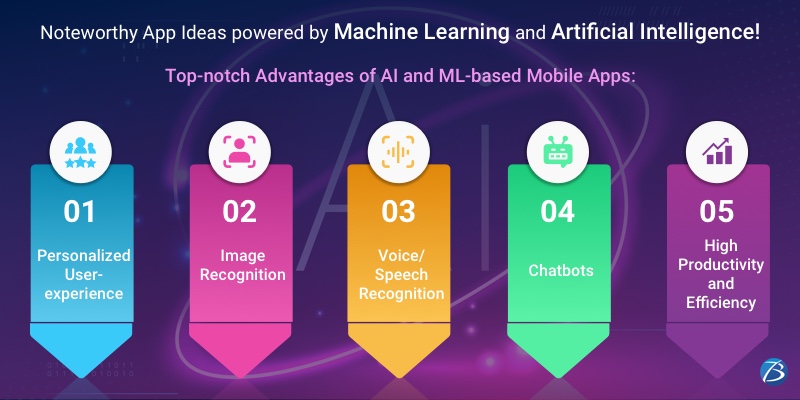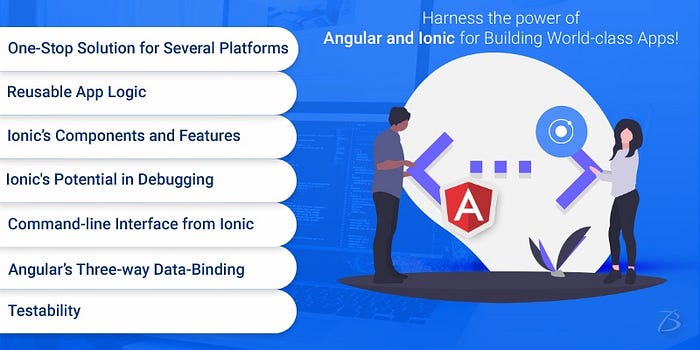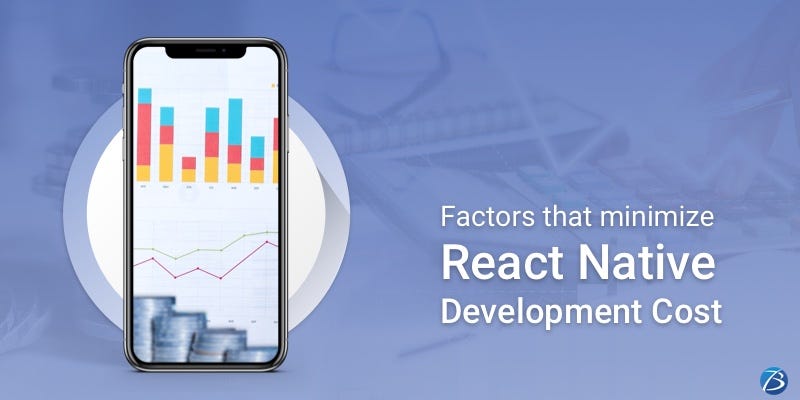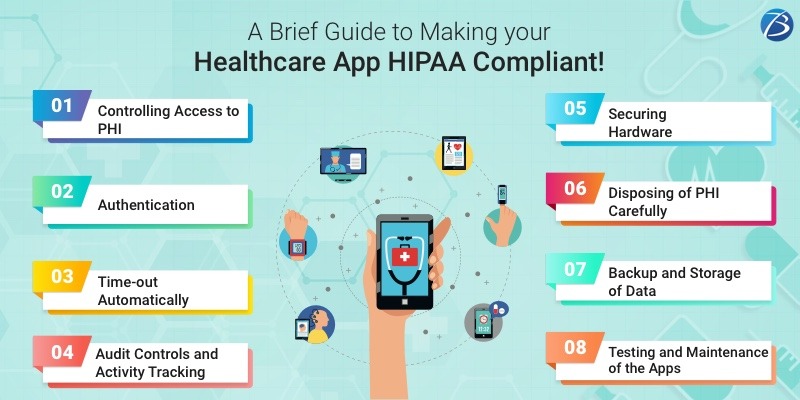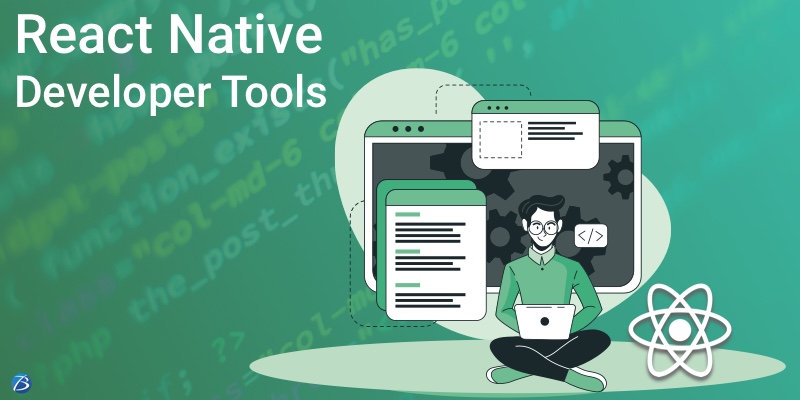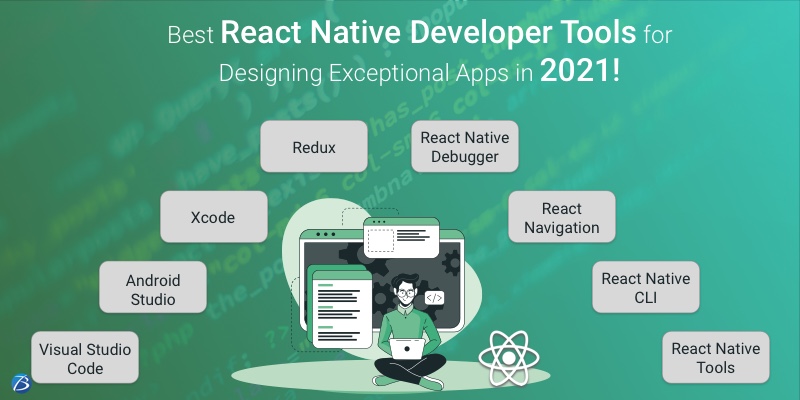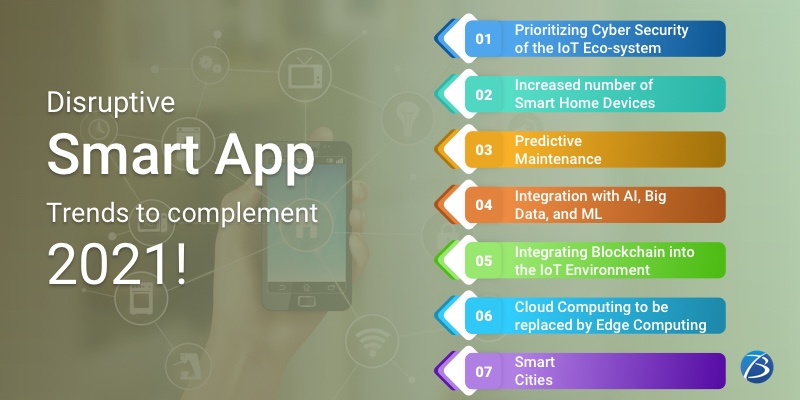
Released in 2013, React, a robust front-end web library, became quickly popular amongst technical professionals worldwide. Today, this library is extensively being used by giants like Netflix, Facebook, Instagram, BBC, Whatsapp, and many more, owing to the myriad advantages it offers, as listed below:
- Component Reusability
- Routing and Templating
- Speedy Rendering
- Good Flexibility
- Easier Learning Curve for Complex Procedures
- Synchronization of app and interface status
- SEO-friendliness
Besides these goodies, this technology is also considered to be highly secure due to the availability of several in-built protective mechanisms. Yet, some vulnerabilities can occur in the React apps and lead to unpredictable security leaks; which the React App development agencies must be aware of.
So, this blog will take you all through some common security flaws in React and guide you with the potential solutions as well. Let’s get started.
Crafting an app in React: Security Vulnerabilities and their Remedial Measures

SQL Injection Attack
This is another type of attack where the attackers can play with the user’s data regardless of their knowledge and approval. The attackers can extract sensitive user data, create new user credentials, replicate fake credentials, and thus, get admin authorities for accessing the server. SQL injections are of several types viz. time-based, logic-based, error-based, etc.
Possible Solution:
- Using an SSL certificate from authorized sites
- Validation of API call functions for particular API schemas
- For time-based SQL injection, conducting timely validation of the schema for getting rid of the suspicious code injections
Cross-site Attacks
Cross-site scripting attack is a common yet serious security flaw that React Apps have to go through. It occurs when the attackers or hackers trick a website by executing an arbitrary JavaScript code. These attacks are of two types- stored attack and reflected attack.
- Stored cross-site attack: In these, the attacker accesses the server and extracts the data from the client’s web page when the code is executed.
- Reflected cross-site attack: In these attacks, the attackers place a link with sensitive user information that will run in the browser.
Possible Solution:
Cross-site scripting can be performed only when the code execution is done in a browser with some particular instructions. So the mark-up that holds the instructions for code execution needs to be disabled by the React app developers.
Server-side Rendering Vulnerability
In case a developer renders an application from the server-side, the server-side rendering attack is likely to take place. It can lead to the unknown monitoring of the application, data leakages, etc. This issue is quite difficult to detect when the context data is not found properly.
Possible Solution:
- utilizing the serialize JS with NPM module for escaping the rendered JSON
- cross-checking and monitoring regularly if any issues persisting in server-side data validation are reported and worked upon
Execution of Arbitrary Code or Commands
When the attackers run the arbitrary codes or commands on a particular process, the application can get highly vulnerable. It usually takes place in the software or the hardware that processes the arbitrary code. ‘Arbitrary code execution exploit’- a special program is used for this security issue and if it gets exposed to public products and services, it can expose the data of all the concerned individuals who buy and use those products and services.
Possible Solution:
- making sure that the application only reads the tokens that are previously stored while developing the app
- ensuring that the system can only create relevant headers by authentication of the request by making a request to the server
Inadequate End-to-End Encryption
Lacking end-to-end encryption is the major cause of security lapses and data breaches occurring in the apps made using React. The inclusion of third-party APIs also leads to these issues affecting the safety and privacy of data.
Possible Solution:
- utilization of private and public-key encryption
- utilization of the encryptjs and cryptojs libraries
- using asymmetric algorithms like RSA for encrypting the primary key of a react app
‘Insecure Randomness’ Issue
This issue takes place when the attackers add a malicious code that begins with JavaScript or a link in the apps. This script runs in the browsers as soon as the users click the planted link. Thus, attackers get the admin authority and they can pull sensitive data or alter the data and hence makes the application very insecure. Also, they get control over the uniform resource identifier and several elements in the apps are vulnerable to threats.
Possible Solution:
- conducting integrity investigations for inspecting and avoiding the injection of suspicious links and codes
- creating links with the usage of whitelisted protocol and using HTML entities
- employing strict restrictions to create code objects that can avoid insecure randomness
- isolating the code from other codes
Significant Security Measures for React Application Development
Diverse security vulnerabilities can occur in the React apps and identifying their reasons can be impossible at times. Hence, the firms using the React Library can proactively follow some preventive actions as below:
- Install and configure Linters to automatically detect the security lapses in code and provide remedial advice.
- In the past, some versions of this library possessed high-risk vulnerabilities, however, they have been removed in the latest versions. Hence, it is a good practice to use the updated version always.
- Some dependencies and third-party components may be more prone to security issues and so using their latest versions is recommended.
- Zip Slip issue crops up due to the overwritten arbitrary files along with the directory transversal issue. For this, the developers can either use fixed versions of the archive processing libraries or can utilize a dependency vulnerability checking tool like Snyk.
- Library codes are used for threatening operations like inserting HTML into the DOM. Developers should avoid libraries that use unsafe patterns like ‘innerHTML’ and ‘dangerouslySetInnerHTML’ or other unvalidated URLs.
- It is necessary to avoid suspicious or dangerous URLs. For avoiding URL-based script injection, use validation, and ensure that the used links are ‘https:’ or ‘http:’
Key Takeaways:
In today’s digital era, the security of software apps holds monumental importance. Security lapses can result in data leaks and high-risk cyber-crimes. So, it is essential to consider the security pitfalls right from the initial stages of developing a React application. The developers and the quality analysts as well should keep an eye on such vulnerabilities and eliminate them from time-to-time.
All this requires not only the knowledge and experience of the development teams but also needs attention to detail and thoughtful decision-making when these vulnerabilities crop up.
Also, have a glance at our blog here for gaining insights on general security tips in mobile applications.
To know more about our core technologies, refer to links below:
Angular App Development Company
